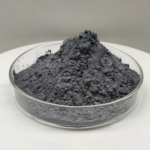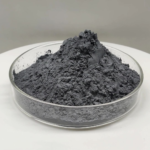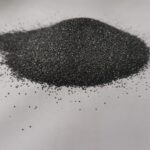
What are the characteristics of boron carbide crucibles?
What are the characteristics of boron carbide crucibles? Boron carbide (B₄C) is often used in specialty crucibles due to its excellent properties, especially for use in high-temperature or corrosive environments. The following is a detailed description of boron carbide crucibles: 1. Characteristics of Boron Carbide Crucibles Ultra-High Hardness (Mohs Hardness 9.3): Second only to diamond



